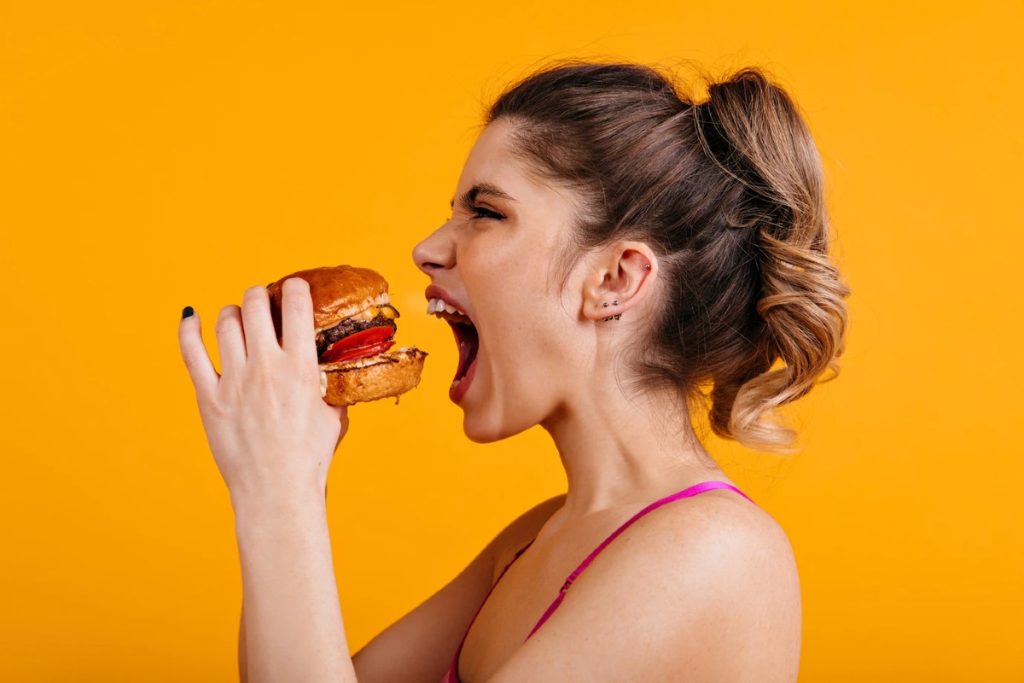
Laser Hair Removal: The Best Option for Long-Lasting Results
Are you tired of dealing with the hassle that comes along with shaving, waxing or tweezing your hair only to have it grow back within

The taste of sweetening pastries can be inviting. The aroma of festive fat-filling meals can be quite enticing. The flavors of delightful appetizers and after dinner hour treats can be tempting. We may even think, “Well, if such food was designed for eating, then we should be able to indulge”. But, should we eat anytime we want to? What about portion size?
As we stop to consider all factors, we may find we are experiencing a binge of emotional eating. It might be that you buy a bag of potato chips with the intent to nibble, but wind up eating the whole bag. It might be slicing a piece of cake, but going for seconds. At times, it might be difficult to keep track of what you’re eating and why. If so, this is a sign of emotional eating. But, no need to be alarmed- most people eat on emotional level to some degree. So let’s think for a minute.
Today, what did you eat and why did you eat it?
Was it hunger or a craving?
Was it boredom or loneliness?
How about guilt?
Was it sadness or anger?
A reward?
Was it stress?
If you’ve answered yes to any of these questions, then it might be time for you to get down to the bottom of your emotional eating. In fact, research has demonstrated that post bariatric surgery patients who engage in mental health appointments are more inclined to reach their weight loss goals. During these appointments, patients learn how to contend with emotions without the assistance of food. They also learn how to manage through family and social situations that involve food in a healthy way. They may learn how to integrate exercise into their lifestyle as well.
Know Your Triggers!
A good way to get into the nitty gritty of emotional eating is to create a diary. In this diary, you’ll want to document the reasons why you are eating and a bit more, including:
Your feelings before you ate
Who you ate with
How fast or slow you ate
Portion size in relation to your palm size
What you were doing while you ate
Your feelings after you ate
Overall impression of your experience eating each meal
Once you’ve identified your emotional triggers, you can find ways to cope and engage in alternatives, including:
For Stress and Anxiety, try exercise to trigger positive energy through the release of endorphins that occurs during and after exercise.
For Loneliness or Boredom, reach out to someone by speaking with a friend, joining an extracurricular activity or a support group specific to your needs.
For Cravings, drink an eight ounce glass of H2O to fill you up and to prevent you from binging. Herbal tea with a hint of honey can take care of your desire for sweetness.
For Anger or Sadness, try grounding by focusing on positive thoughts in the present or listening to a favorite song. Take a walk to center yourself, if necessary.
For Feelings of Being Overwhelmed, Yoga and Tia Chi are known to relax your mind and body, along with exercise.
In fact, you can make out your own special list of alternatives. With a bit of enthusiasm and a dose of perseverance, you can change your emotional pattern of eating. By allowing your intellect to take over when planning your alternatives, eventually emotional eating habits can disappear. Now, it’s time to pick up that diary to begin to jot down all the details you need to assess your situation. Soon after, you’ll be enjoying carefree eating in a whole different way!

Are you tired of dealing with the hassle that comes along with shaving, waxing or tweezing your hair only to have it grow back within

Laser hair treatments have gained immense popularity in recent times owing to their safety and effectiveness. These procedures allow for the removal of unwanted body

Facial treatments give more than simply relaxation; they can address specific skin issues. The field of facial treatments is vast and ever-changing, ranging from hydrating
©2024. MD Laser & Cosmetics Center. All Rights Reserved.